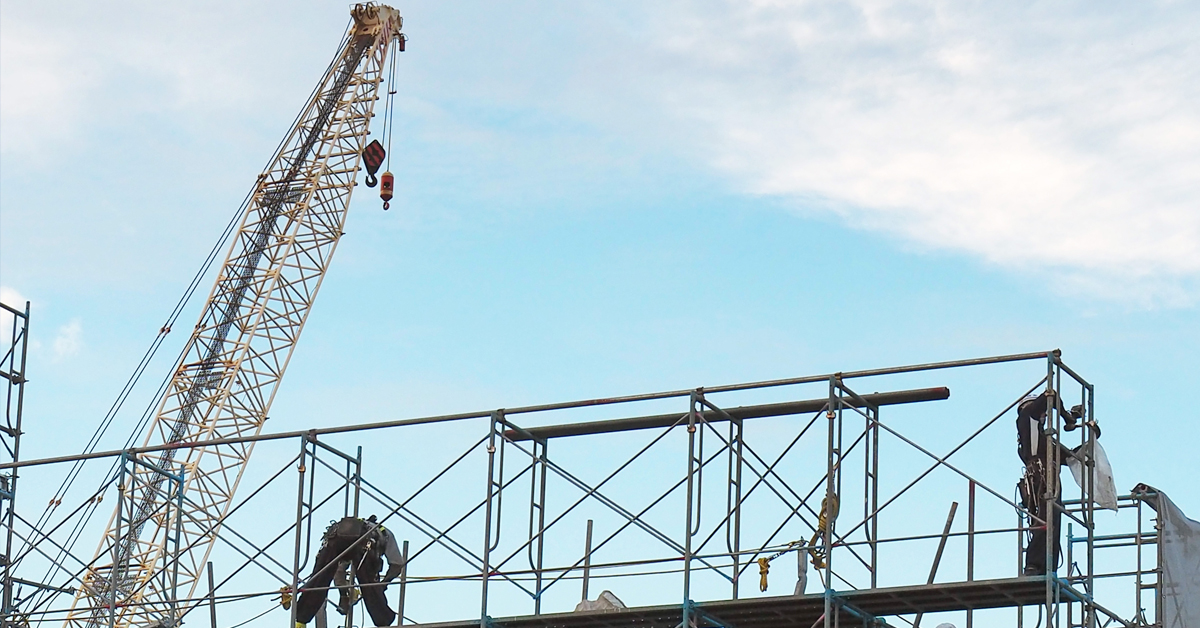Construction
Manage Industry Challenges
The global construction industry continues to grow at record pace. The industry is forecasted to have 1.7 trillion annual expenditures with an expected CAGR of 9.6% through 2021. The traditional contract models of T&M are being phased out creating a significant opportunity for those that can execute fixed price contracts in an effective manner.
- Change in delivery model (Increased Risk): end clients are pushing more risk to construction firms, moving away from the traditional T&M approach to a fixed fee approach, often with liquated damages as it relates to cost, schedule, and performance. Construction companies need to re-tool their entire organization, core processes and management systems to succeed with the fixed price model.
- Resource challenges: The shortage of qualified workers is causing construction firms to put resources in stretch roles, causing further issues with project execution The current bi-modal demographic of the talent pool also causes challenges as these two groups work together. Firms need to be wary of the “check the box” mentality as it relates to project control tools given true adoption/understanding of such tools is often lacking. Firms not only need to concentrate on recruitment efforts, but also retention methodologies and internal on the job training to scale up existing resources.
- Project complexity: Projects are getting more complex with many entities involved, all with different responsibilities and different internal goals to achieve. Without proper alignment from Day 1 on project priorities, these internal goals often hinder achieving project cost and schedule targets. A recent survey of construction firms highlighted that only 30% of firms deliver on budget and only 15% of firms deliver on schedule.
- Technology adoption: Plenty of new tools are available to the industry aiming to improve execution – Building Information Modeling (BIM), laser scanning, augmented reality, mobile management, drones, etc. It will be essential for firms to take on a fit for purpose approach and ensure the core building blocks of strong integrated planning and scheduling, field variance management, and risk mitigation are part of their DNA before investing in such enhancements.
Leverage Proven Solutions
- Business unit streamlining: Business Development, estimating, project set-up, execution & project management, Organizational Effectiveness
- Pre-Project construction readiness reviews: contract understanding, organizational readiness & capability, roles and responsibilities, Service Line Agreements for EPC parties, management system – defined engagement meetings and metrics to manage by, planning and scheduling capability review
- In-Flight project optimization: EH&S, materials management, planning and scheduling, labor short interval controls (SIC), Daily / Weekly reporting, RFI management, delay tracking, document control
- Post-Project lessons learned: identified opportunities by department or entity, identified potential solutions by opportunity, key artifact repository
- Claim assistance: impacts to cost and schedule overruns, cause & effect diagrams & summaries, potential $$$ recovery from impacts


